(2. Ankerui Electric Co., Ltd., Shanghai 201801) [/align] [p] Summary
Introduce the commonly used anti-sweeping electricity measures, and focus on the use of motor protection to achieve anti-sweeping electricity.
Key words
ARD; Motor Protector; Anti-Shock; JB/T 10736
[b]0 Introduction
[/b] "Xiangdian" refers to the grid voltage short-term voltage loss caused by lightning, short-circuit to the ground, reclosing, equipment start, power plant failure and other reasons, the short-term grid voltage fluctuations, short-term fault Electric power quality events such as seconds. Chemical companies have high requirements on the reliability of power supply to the system. Once the power supply system is shaken, it will cause protection device undervoltage protection and unexpected shutdown of the production equipment, which will cause the production line to collapse and accidents to expand, resulting in very large economic losses and even operations. The security of personnel poses a threat.
1 commonly used anti-shock measures
1.1 UPS anti-swing system
The operating power of the DCS, PLC and other control systems is accessed by the UPS power supply to achieve anti-sweep power. The working principle of the online UPS is shown in Fig. 1. When the power grid works normally, it supplies power to the load and charges the energy storage battery. When the utility power is under voltage or suddenly loses power, the UPS power supply starts to work, and the energy storage battery supplies power to the load. . [/p] 

Inverter anti-swing power has the following methods:
(1) Cancel the inverter low-voltage protection setting and set quick restart. The disadvantage of this method is that the stopping and restarting of the key motor will affect the continuity of production and increase the number of defective products. In addition, the low voltage will often show the overcurrent protection of the inverter, and canceling the overcurrent protection will increase the risk of damage to the inverter itself. This method is rarely used by petrochemical companies that require higher levels of continuous production.
(2) DC-BANK system, mainly used in variable frequency motor and PLC/DCS power supply system. When the power grid is normal, the frequency converter is powered by the AC bus and the DC-BANK system is in a hot standby state. When the power grid is switched off or is switched from standby to automatic, the grid voltage is reduced and converted into DC bus power from the DC-BANK to the inverter. The inverter maintains normal work. Its operating mode is shown in Figure 3. A single control logic diagram is shown in Figure 4. [/p] 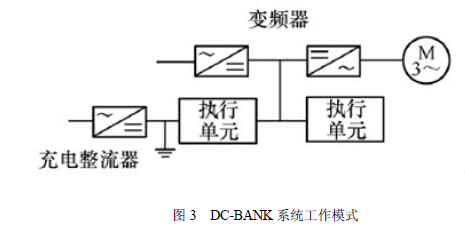

AC contactors are widely used in low-voltage motor control systems. The common motor control circuit is shown in Figure 5, and the contactor is disconnected after the flashing occurs, causing the motor to stop rotating. [/p] 
(1) Using an anti-slopping electrical contactor (with a delay release/contactor that avoids the bouncing zone), the contactor does not immediately release when the shaky charge occurs, nor does it work in the critical jump zone. The installation wiring is shown in Figure 6. . 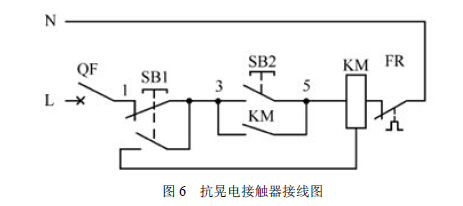
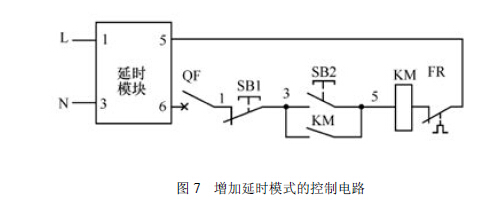

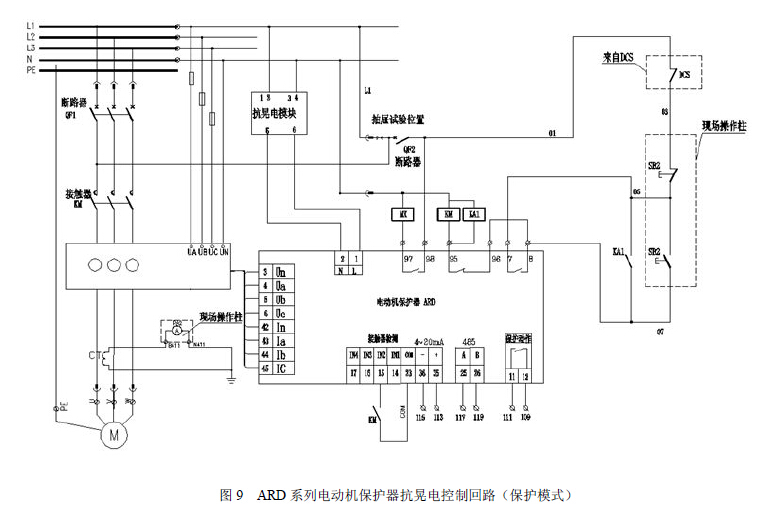
The principle of anti-slopping power control using direct start method is shown in Figure 10. The 95-96 contact function is the same as Figure 9, and the 7-8 contact is the start control relay. After the protector receives SB1, it sends the jog start signal, and the 7-8 suction Combined self-holding, the contactor KM coil is electrically connected to the motor main circuit; after the protector receives SB2 sends a jog stop signal, the 7-8 output is disconnected, the contactor KM coil is de-energized, and the motor main circuit is disconnected; After power, the coil KM loses power, the motor main circuit is cut off, and the protector automatically selects “immediate restartâ€, “delayed delay self-start†or “disable start†according to the length of the shakiness. 
[b]2 Anti-Shock Operation of Motor Protector and Setting of Related Parameters
[/b] Take the Ankerui ARD series motor protection as an example. In order to achieve the anti-swing function, the motor protector must be equipped with an anti-swing module. Connect the AC input to the input of the anti-slopping module and the output of the anti-slosh module to the auxiliary input of the motor protector. Motor protection The voltage measurement signal of the device is taken from the upper level of the contactor to prevent the contactor from being disconnected when the power is shaken, and the recovery voltage cannot be measured. When the line is normally powered, the internal energy storage device of the anti-sweeping electrical module is in an energy storage state, and the electrical energy storage device of the anti-slopping electrical module supplies power to the motor protector during the electrical shaking to maintain the normal operation of the motor protector. After the system voltage recovers to the "restart voltage", the motor protector judges the duration of the flashing, and the time is less than "immediately restart the power-off time" and immediately pulls "the output relay 7-8 starter motor; the power swing time is longer than “Immediately restart the power-off timeâ€, but less than the “allowed power-off timeâ€, execute the delayed restart. The power-on time is longer than the “allowed power-off time†and no start is performed.
The motor protector can realize the immediate restart of Akira Electric, the restart of the voltage loss delay, and the long delay of the loss of pressure and the full protection function of overload, phase failure, blocking, blocking, overvoltage, and underpower. To ensure smooth operation of the motor and reduce system investment, it is of practical significance to use in the chemical industry. The settings of the relevant parameters are shown in Table 1. [/p] 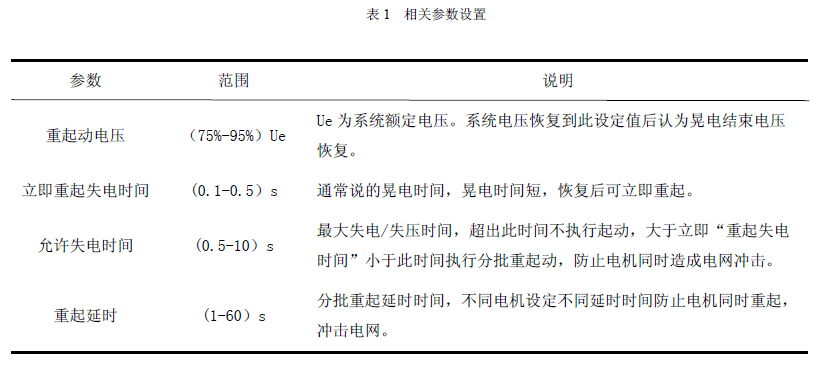
Several common methods of electrical shakiness treatment are introduced, and the method of anti-shudging of the motor protector is highlighted.
[/p]
Article Source: "Automation Application" 2014 No. 6
references:
[1] Chen Lin, Yan Jinyun. Anti-shocking effect of petrochemical enterprises and anti-skewing electricity measures [J]. Electrical Technology, 2012 (10): 72 ~ 74.
[2]SUN Weisen. Discussion on anti-swinging measures for petrochemical plants[J].Electrical Engineering,2003(9):82~84.
[3] Liang Yongsheng. The application of anti-"Shaolin" measures in petrochemical enterprises [J]. Electrical Age, 2007 (11): 78 ~ 80.
[4]Zhou Lihong. Improvement of restarting device for low voltage motor [J]. Electric Age, 2004 (9): 126~127.
[5] Song Yucai, He Guoping. Application of anti-sweeping electricity technology in petrochemical enterprises[J]. Electric Age, 2007 (7): 73~75.
Wang Zhinan 1 Zhao Bo 2
[align=center](1. Liaoning Branch of China Ryukyu Engineering Company, Fushun, Liaoning 113006, China)